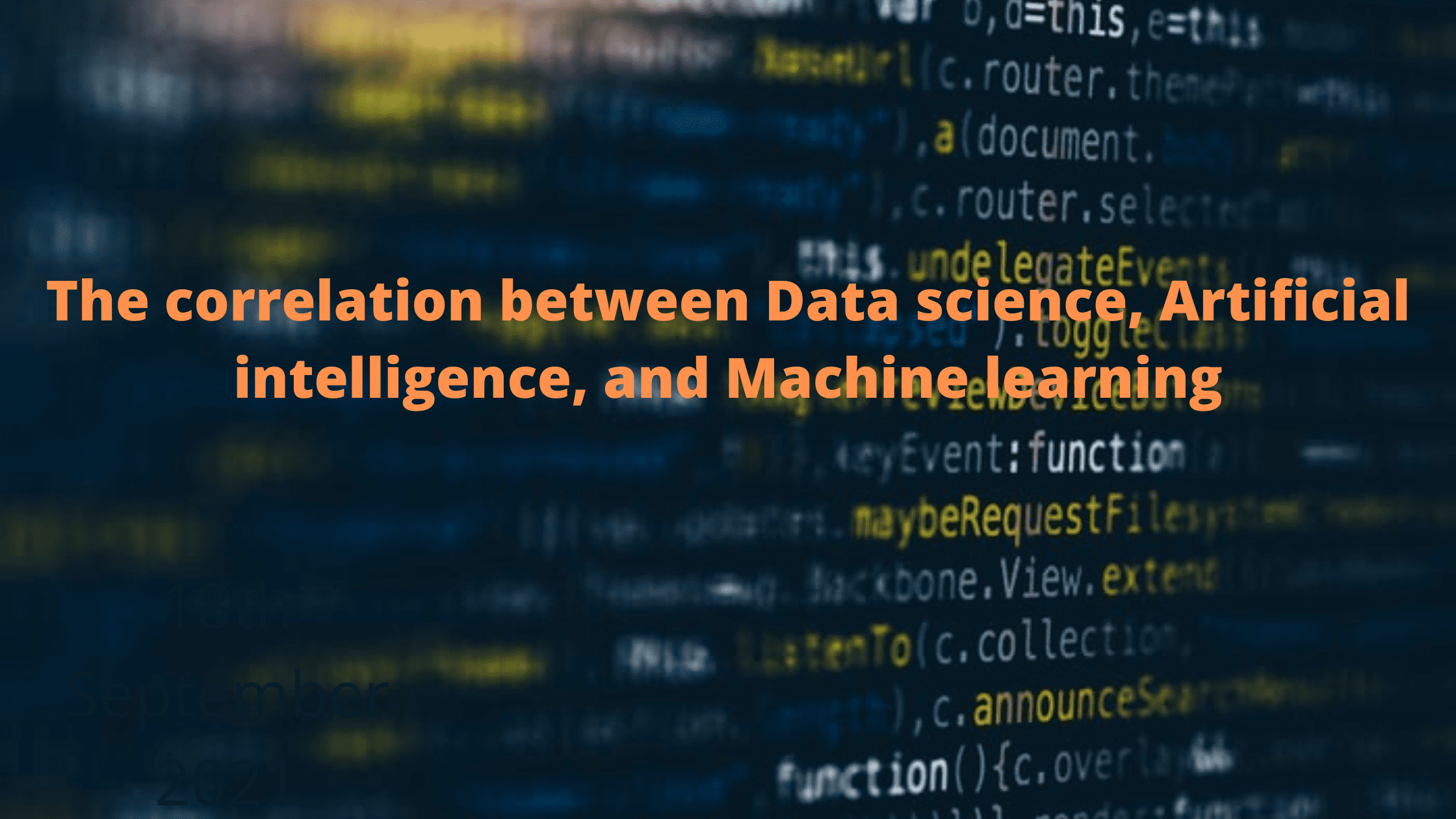In today’s time, the only problem or question for every business is the massive explosion in data, and dependency on this data to make better products. Today many important decisions in the industry are being taken based on data.
And this need has given birth to the most emerging field of today that is Data Science. Data science can help you :
To Increase business predictability
To Ensure real-time intelligence
To Improve data security
To interpret complex data
And so we can say that data scientist is the rock stars of the century. Before driving any business decisions using data, they need to do lots of janitorial work (baby steps).
In this blog, we are going to share a simple seven steps checklist that represents the actual work involved in data science projects. I have called these steps DIAPERS, as 80-90% of the time data scientist spend their time on collecting, preparing, and cleaning the data.
With this simple acronym of DIAPERS, it will be easy for you to remember the important step in the data science checklist.
Data science 7 steps process
Define problem statement
Ingest data
Analyze data
Prepare data
Evaluate models
Refine models
Ship it
1)Define problematic statement
For the success of any project, a cohesive problem statement and adequate use cases are foundational elements. In order to get the most suitable and favorable solution, a data scientist should be clear with three important questions.
What are you trying to achieve
What is the present solution
What the gap holes
2)Ingest data
After understanding the problem based on data, in the next step, a data scientist needs to design a data ingestion solution. This can be done by understanding data sources and their types.
3)Analyse data
Once you have data ingestion, the next and very crucial step is an analysis of data, to gain maximum insight from data science experiments.
You can analyze the data in two ways.
1. Domain expertise:
For expertise in any domain, subject matter expert is important. For example, SMEs who understand the healthcare data domain can add tremendous value to the healthcare data science project. However recently the people without much domain expertise also have shown tremendous results.
2. Data exploration:
SME availability is complemented with an exploration of data using visualization and other analytical and profiling tools.
4) Prepare data for learning
In this step, you need to eliminate IDs and codes that are not valuable. And also you need to remove personally recognizable information to conform to standards and laws and thus a clean, normalize and anonymous data will get formed.
5) Evaluate model
Once your data is prepared, you need to try with dissimilar algorithms to assess which model gives the better score by showing your data science skills. Based on your analysis a few finalists are selected for the next step.
6) Refine data
To get the most advanced model you can select hyperparameter technique and cross-validation.
7) Ship it
Once your desired model is ready you can ship it into manufacture, including non-functional requirements such as security, logging, and performance.
And as nothing is permanent, at some point you can re-train the model and start the process all over.
Now to perform these seven steps, a data scientist must have a sound knowledge of machine learning algorithms. And these machine learning algorithms are nothing but Artificial Intelligence.
So all and all three technologies, which are data science, Machine learning, and Artificial intelligence are somewhere interconnected.
To further making it simpler artificial intelligence is applied to machine learning, and machine learning is part of data science which draws the features from algorithms and statistics to work on the gathered data.
So without knowledge of machine learning and artificial intelligence, a data scientist can’t make a successful model.
Now let’s see what is machine learning and artificial intelligence
Artificial intelligence is the process of making machines that perform human-like tasks. And machine learning is one of the disciplines of AI, which involves the study of algorithm that earns from instances and examples. It involves the prediction based on some existing pattern in data.
Machine learning can be further divided into two classes
Supervised machine learning
Unsupervised machine learning
1) Supervised machine learning:
In this kind of machine learning, the machine is trained to learn from both input data and output data. This kind of machine learning is highly preferred in solving real-world computational problems.
There are two types of supervised learning
- Regression
- Classification
2) Unsupervised machine-learning:
Unlike supervised machine learning, in unsupervised machine learning, the machine won’t be given any output data. It will be only given input data and the algorithm has to act upon this information without any guidance.
This kind of machine learning is used in generative learning models. This type of learning is useful for discovering hidden trends and patterns in data.
There are two types of unsupervised machine learning
- Clustering
- Association
For a data scientist along with having a good knowledge of ML and AI, a sound knowledge of python is a prerequisite. It’s the must-have skill set for any data scientist which recruiters are looking for. The object-oriented and easy-to-code features of python make it the most desirable high-level language.
The essential libraries of PYTHONS that everyone should learn are:
- Pandas
- NumPy
- Matplotlib
- Scipy
- Scikit learn
So in order to take the above-mentioned advantages from data science, a data scientist must learn everything mentioned here.
You can check this link https://bigdatatrunk.com/course-category/ai-data-science/ if you want to learn about all three technologies.
This training program will benefit you in upgrading your knowledge and making yourself ready for cutting-edge technology.

